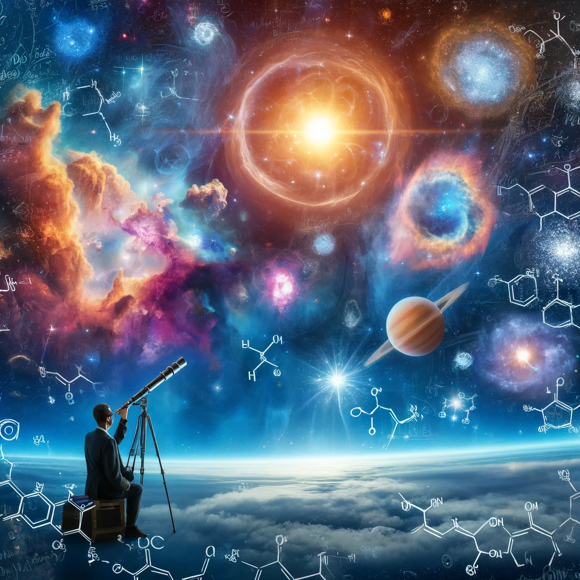As we peer into the depths of space, our eyes are drawn to the celestial beacons that adorn the night sky – stars, those incandescent giants that power our universe. For millennia, humans have gazed upon these celestial furnaces with awe and reverence, their brilliance a symbol of hope, wonder, and the vastness of the cosmos. Yet, amidst their radiant glow lies a hidden world of cosmic alchemy, where elements are forged and transformed in the fiery hearts of stars.
Within the stellar cores, intense gravitational forces and nuclear fusion reactions reign supreme, creating a cauldron of unimaginable heat and pressure. In this extreme environment, the fundamental building blocks of matter – protons and neutrons – are fused together, giving rise to heavier elements. This cosmic forge, operating for billions of years, has enriched the universe with the essential ingredients for life, from the oxygen we breathe to the iron in our blood.
The first stars, born from the primordial soup of the early universe, were simple in composition, primarily comprised of hydrogen and helium. As these stars aged and eventually exploded in supernovae, they scattered the heavier elements they had forged into the interstellar medium, the vast expanse of gas and dust that fills the spaces between stars.
Subsequent generations of stars, formed from this enriched interstellar material, inherited a wealth of heavier elements, allowing for the creation of more complex and diverse structures. These elements, incorporated into the stars’ cores, fueled further nuclear fusion reactions, producing an even broader range of elements, including those essential for life.
The life cycle of stars, from their birth to their dramatic demise, is a continuous cycle of cosmic alchemy. As stars evolve, they traverse different phases of nuclear fusion, each producing a unique signature of elements. By studying the spectral signatures of stars, astronomers can decipher their chemical composition and trace their evolutionary history.
The Sun, our own closest star, is a prime example of this cosmic alchemy. In its core, hydrogen nuclei are fused into helium, releasing the energy that powers our planet. As the Sun ages, it will eventually evolve into a red giant, engulfing the inner planets before shedding its outer layers to form a planetary nebula, a vast cloud of gas and dust enriched with the heavier elements forged in its core.
The chemical legacy of stars extends far beyond our own solar system. The elements that make up planets, moons, asteroids, and comets were all forged in the hearts of stars. Even the very building blocks of life, from the carbon atoms in our DNA to the oxygen we breathe, were once cooked in the stellar furnaces that illuminate the cosmos.
The study of cosmic alchemy is not just an exercise in scientific curiosity; it holds profound implications for our understanding of the universe and our place within it. By unraveling the chemical secrets of stars, we gain insights into the origins of the elements, the formation of planets, and the potential for life beyond Earth.
As we continue to explore the cosmos, we are constantly uncovering new facets of this cosmic alchemy. New techniques and technologies allow us to probe deeper into the hearts of stars, revealing the intricate processes that shape the chemical composition of the universe. With each new discovery, we gain a deeper appreciation for the interconnectedness of all things, from the stars that shine above us to the very atoms that make up our bodies.
The cosmos is not just a vast expanse of space and time; it is a grand chemical laboratory, where elements are born, transformed, and recycled. The study of cosmic alchemy unveils the hidden workings of this celestial foundry, revealing the profound connection between the stars and the very fabric of our existence. As we delve deeper into this cosmic chemistry, we unlock the secrets of the universe and our place within its grand design.





